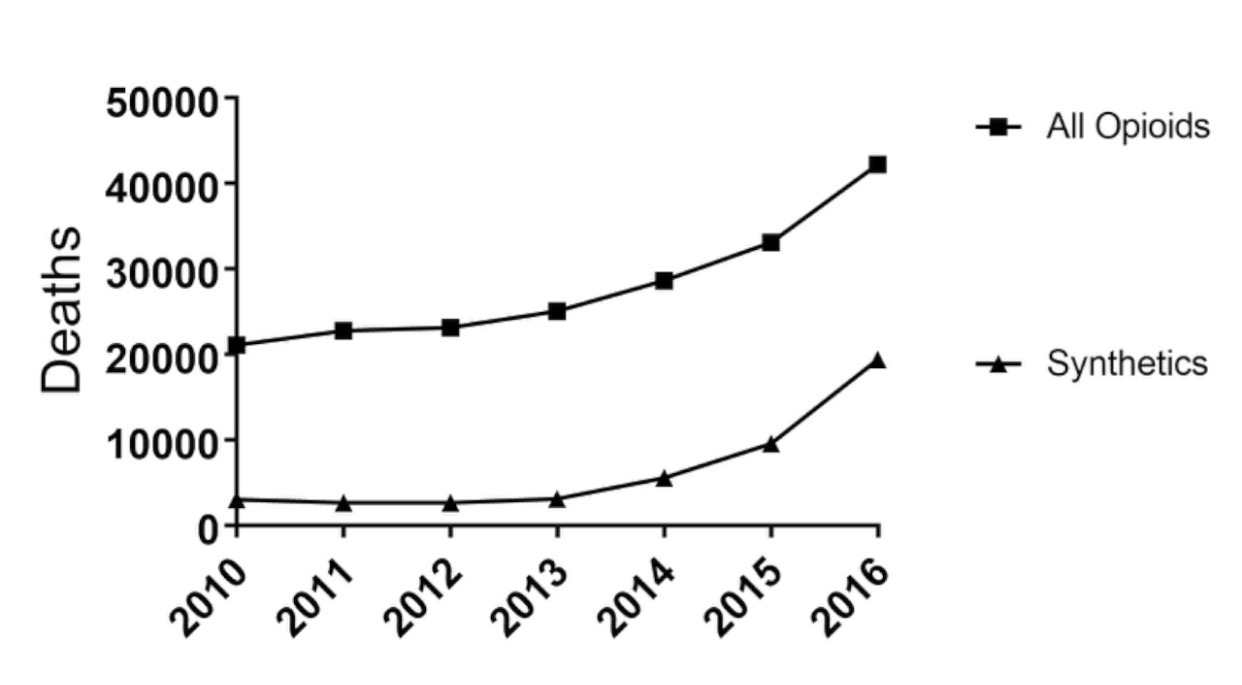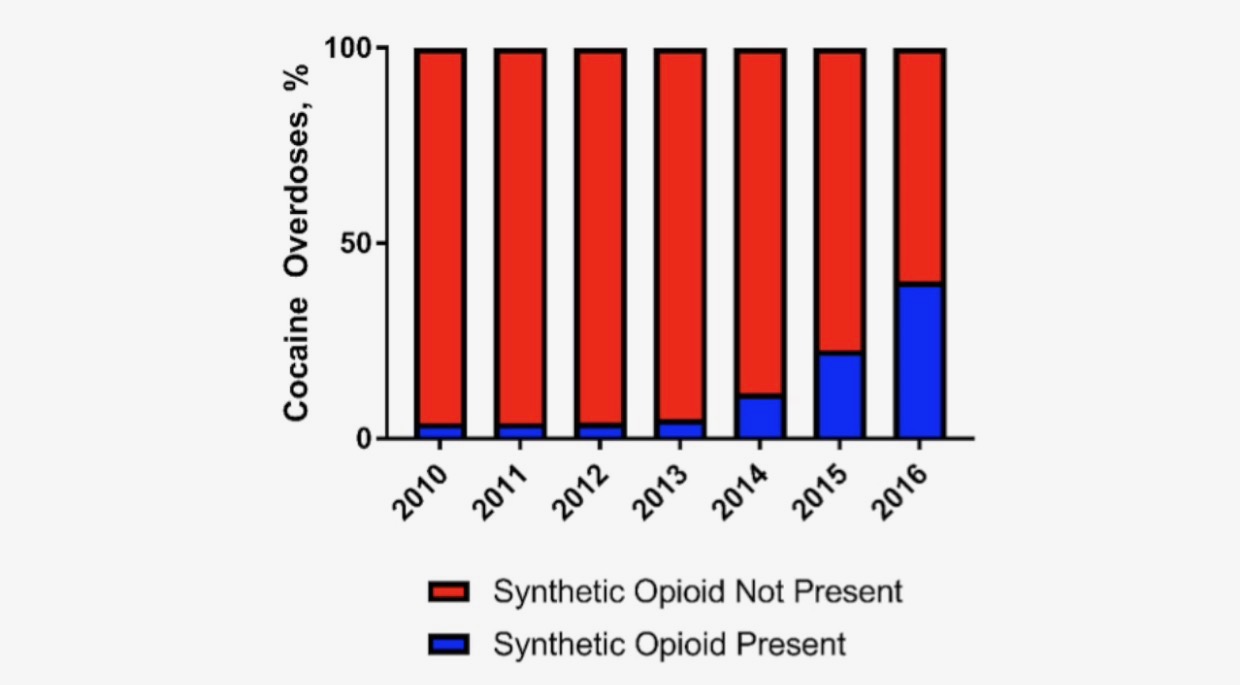Status migrainosus - what to do with this migraine !
- By Dr Onyenso
Acute migraine usually lasts a few hours and less than 72 hours even when untreated. Acute migraine is a severe disabling headache that is characterized by at least a combination of two of the following; pain that is of sudden severe onset, can occur on one side of the head (unilateral), associated with oversensitivity to light (photophobia) or sound (phonophobia), nausea and vomiting. An attack of acute migraine will usually last for hours not days. An unusual complication of acute migraine is that the pain lasts in excess of seventy-two hours, 3-days despite treatment. In such patients, they often have made repeated visits to the emergecny rooms, doctors's offices or urgent care centers. Frequently in these situations, typical measures, tryptans and other medicines used for the usual attack of migraine may be ineffective.
Most cases of Status migrainosus will need extended in-office or in-patient treatment and management. Intravenous hydration is beneficial because patients can be volume depleted as result of prolonged nausea and vomiting attendant with these cases. It is often the case that patient can begin to show rapid improvement with initial steps of repleting volume and treating dehydration. Intravenous medication are preferred being that patients are uncomfortable and in severe painful discomfort, and unable to tolerate oral medications as a result of vomiting. Medications useful in treatment include intravenous NSAIDs, dopamine receptor antogonist like reglan, anti-epileptic drugs sodium valproate and levetiracetam, corticosteroid boluses.Ergotamine infusions are effective however patients must be screened carefully to avert severe side-effects especially in those who have a history or at high risk for coronary disease and other vaso-occlusive disease.
References:
https://www.ichd-3.org/1-migraine/1-4-complications-of-migraine/1-4-1-status-migrainosus/





